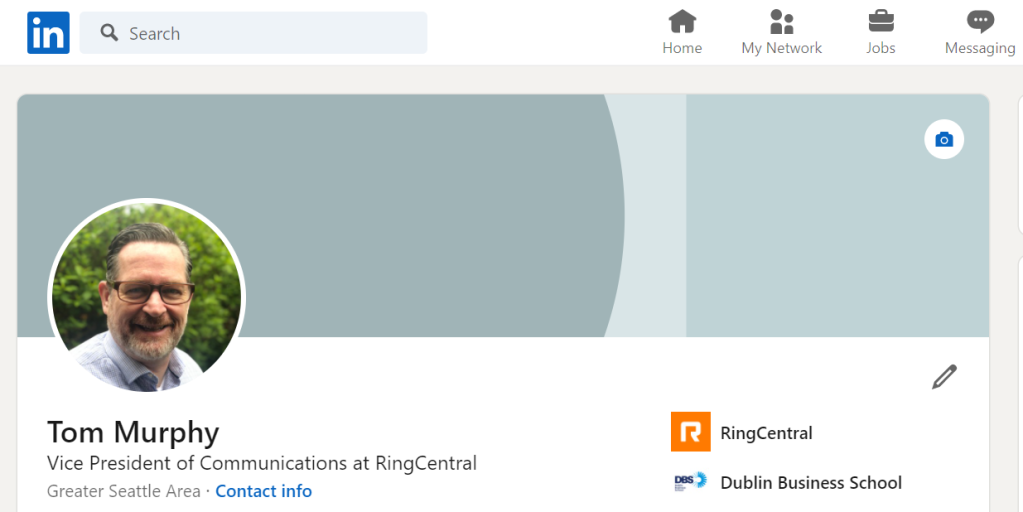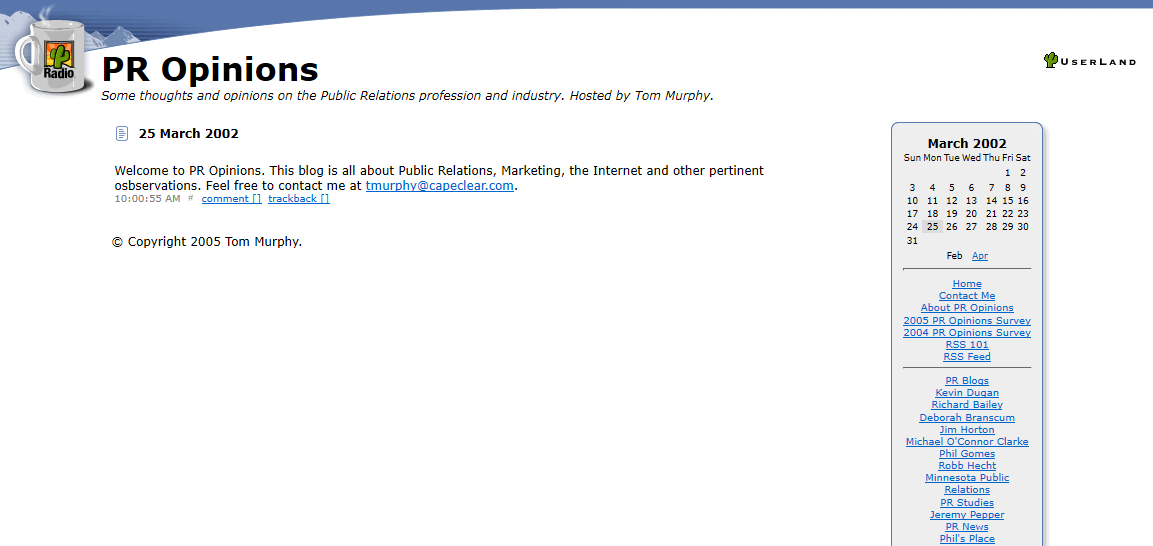Last week there were two stellar examples of what happens when senior executives fail to communicate effectively with their people.
Their communication – even allowing for possible selective editing and a lack of context – demonstrated they had lost touch with their people and misunderstood the prevailing sentiment of their organization. Rather than providing clarity and direction, it generated anger and despair.
Mistakes happen and this was clearly not the leader’s intent.
But, how can intelligent, hard working people fail so badly?
Perhaps some of it comes down to context and proximity.
The daily working life of most senior executives is very different to that of their frontline workers and that’s to be expected. It’s not surprising that their perspective on the business and its priorities will differ.
What’s most important for the success of the business is that the executive can bridge that gap and put the organization’s priorities in an understandable context.
This shared context is exactly why the practice of the CEO walking the floor became so popular. If you want to understand what’s actually happening in the company, don’t rely on middle manager bias, instead get out and find out from your people firsthand.
Understanding the challenges facing your people is incredibly valuable. But today the workplace has changed.
With much of the world working remotely, it is no longer as simple as getting out on the office floor and meeting with people, because often the people aren’t there.
I wonder if that is a contributing factor behind these tone deaf executive communications?
As communicators, our role is to ensure our executives can engage with their people effectively. This means coaching our executives, but it also means creating opportunities – both virtually and in real-life – for your leaders to connect with your colleagues.
That real-world perspective might just help avoid some of the executive communications disasters we’re witnessing.




